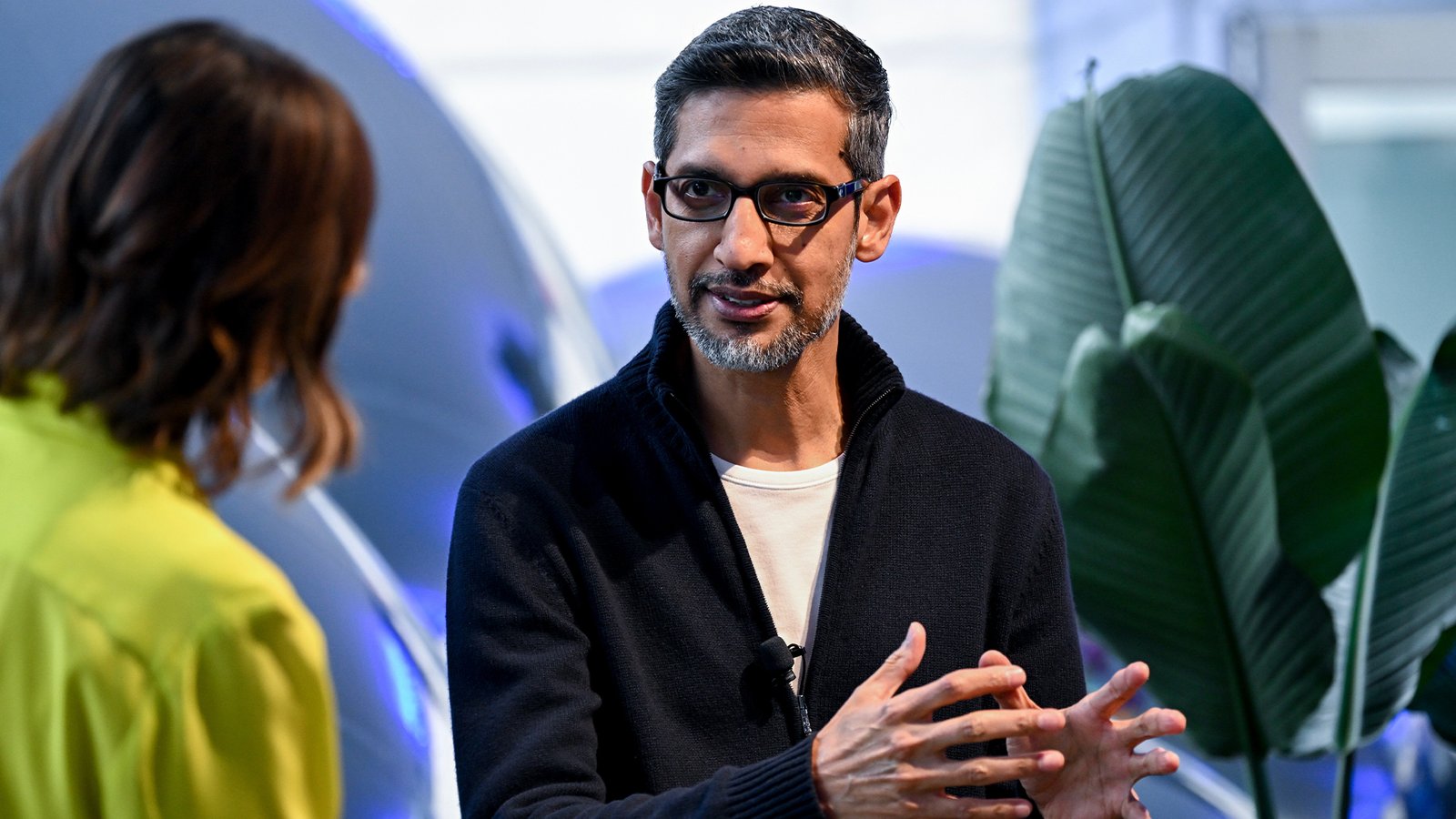In a move set to redefine how artificial intelligence systems interact with encyclopedic knowledge, the Wikimedia Foundation has joined forces with Google-owned Kaggle to release a robust, structured Wikipedia dataset. This beta initiative offers AI developers an ethical, machine-friendly alternative to scraping, addressing longstanding issues around data accessibility, reproducibility, and infrastructure strain.
A Machine-Readable Revolution: What’s in the Dataset?
The new Wikimedia dataset—now available on Kaggle—represents a major leap forward in transforming Wikipedia’s sprawling content into structured, digestible data for machine learning and natural language processing workflows.
This initial release, which covers English and French Wikipedia, includes:
- Abstracts: Concise article summaries that provide context without full text overhead.
- Short Descriptions: Pithy labels aiding entity recognition and classification tasks.
- Infobox-Style Key-Value Pairs: Highly structured metadata commonly used in semantic modeling.
- Image URLs: Useful for multimodal tasks combining text and vision.
- Sectioned Article Content: Cleanly segmented article bodies excluding references and external links for focused data ingestion.
Notably, while references and some complex text formats are excluded from the main corpus, they remain accessible through the Wikimedia Enterprise Snapshot API.
This approach creates a machine-optimized knowledge base that supports everything from model alignment and benchmark testing to feature generation and exploratory data analysis.
Built on Wikimedia’s Snapshot API: The Tech Backbone
At the heart of this structured dataset is the Structured Contents beta of the Wikimedia Enterprise Snapshot API. This offering transforms Wikipedia articles into developer-friendly JSON formats, significantly lowering the technical barrier for incorporating Wikimedia data into AI projects.
Rather than scraping entire HTML pages and manually parsing them—a method prone to breaking as page layouts evolve—developers can now directly tap into well-defined fields that preserve semantic relationships. This structured flow is especially critical for fine-tuning LLMs, constructing retrieval-augmented generation (RAG) pipelines, and training domain-specific classifiers.
According to Wikimedia, the goal is to enable reproducible research while minimizing the infrastructural toll that bots and large-scale scrapers have historically imposed on Wikipedia servers.
Ethics, Licensing, and Open Access
Every byte of data in the release adheres to open content licensing models. The dataset is made available under:
- Creative Commons Attribution-Share-Alike 4.0
- GNU Free Documentation License (GFDL)
These licenses empower researchers and developers to modify, distribute, and remix content, provided attribution is maintained and derivatives are shared alike. In some cases, where applicable, public domain or alternative licenses are also in play.
This commitment to open data ensures the dataset’s usability across the AI spectrum—from academic labs to commercial innovation hubs.
Kaggle as a Launchpad: Community Collaboration at Scale
Wikimedia’s choice of Kaggle as its distribution platform underscores a clear intent: engaging with the global data science community where they already live, work, and share.
Kaggle’s environment offers:
- Discussion forums for collaborative feedback.
- Live notebooks for replicable data exploration.
- Versioning tools that track dataset evolution over time.
By releasing the dataset in beta and welcoming feedback through Kaggle’s discussion tab, Wikimedia is signaling a long-term vision: iterative development based on real-world AI use cases and community input.
Reducing Load, Increasing Impact
One of the less-discussed benefits of this release is infrastructural: server strain mitigation. Wikipedia’s popularity and open-access nature make it a prime target for mass scraping—especially as generative AI systems hunger for fresh training data.
By offering a structured, hosted alternative, Wikimedia aims to:
- Decrease the frequency and aggressiveness of crawlers.
- Provide a more stable, scalable pipeline for organizations and developers.
- Ensure up-to-date and reliable knowledge snapshots without overburdening its public infrastructure.
This model also promotes a more equitable knowledge economy, reducing barriers for under-resourced developers and regions who lack the tools to build massive scrapers.
The Road Ahead: From Beta to Production
While the current dataset is marked as a beta, Wikimedia plans to evolve this offering into a full production-grade resource. Future iterations may include:
- Additional languages beyond English and French.
- Full integration with the Wikimedia Commons media dataset.
- Temporal snapshots for longitudinal AI studies.
Developers, researchers, and organizations are encouraged to contribute ideas, report issues, and participate in shaping what could become the standard interface between Wikipedia and AI.
Final Thoughts
The structured Wikipedia dataset on Kaggle is more than just a technical convenience—it’s a signal of a new era in AI-data collaboration. By prioritizing accessibility, machine-readability, and community engagement, Wikimedia is not just fueling AI innovation but doing so in a way that respects the open-source ethos that built the internet’s most trusted knowledge base.
With responsible licensing, semantic richness, and active community involvement, this initiative could redefine how large-scale AI systems interact with knowledge sources—and help create smarter, fairer, and more transparent models for everyone.









